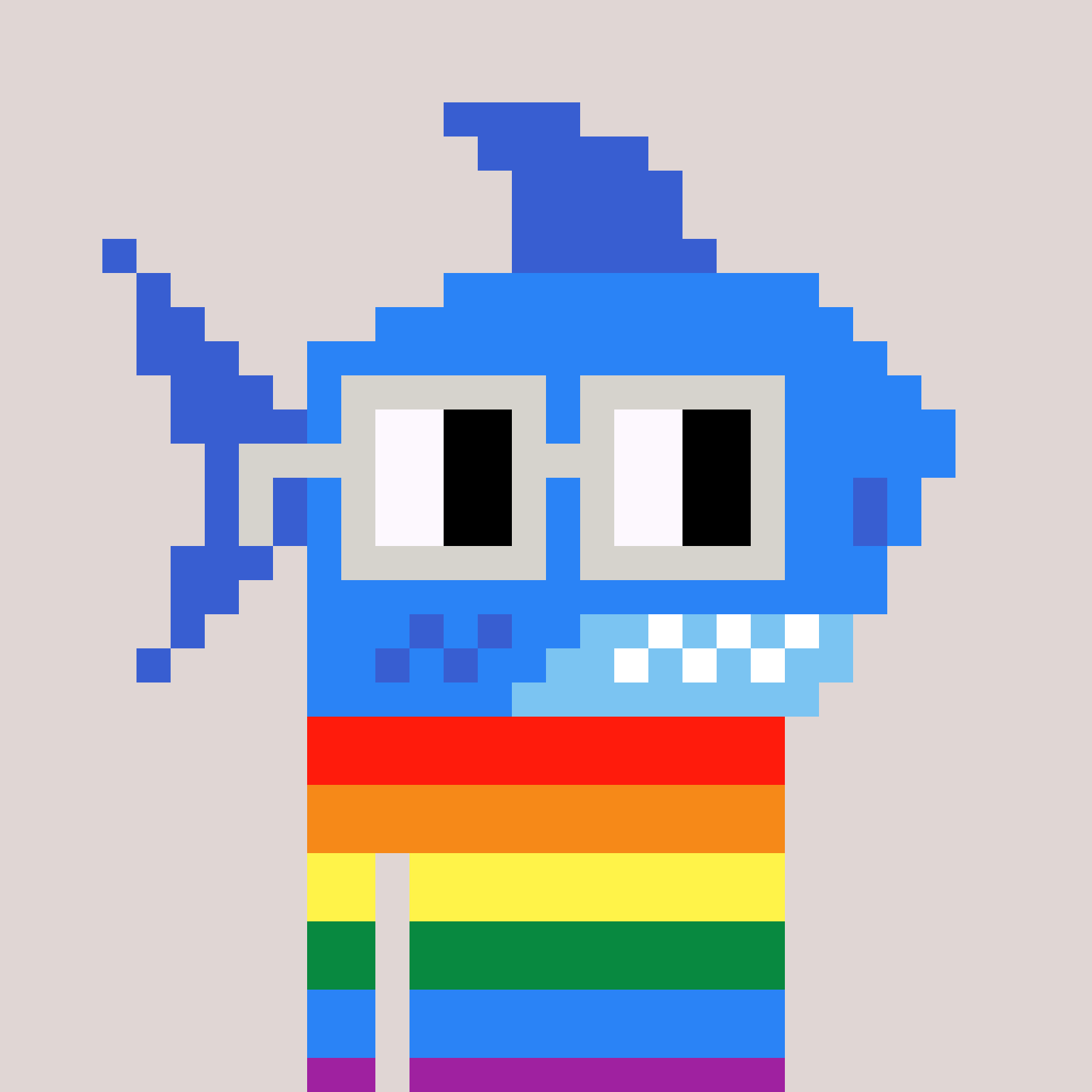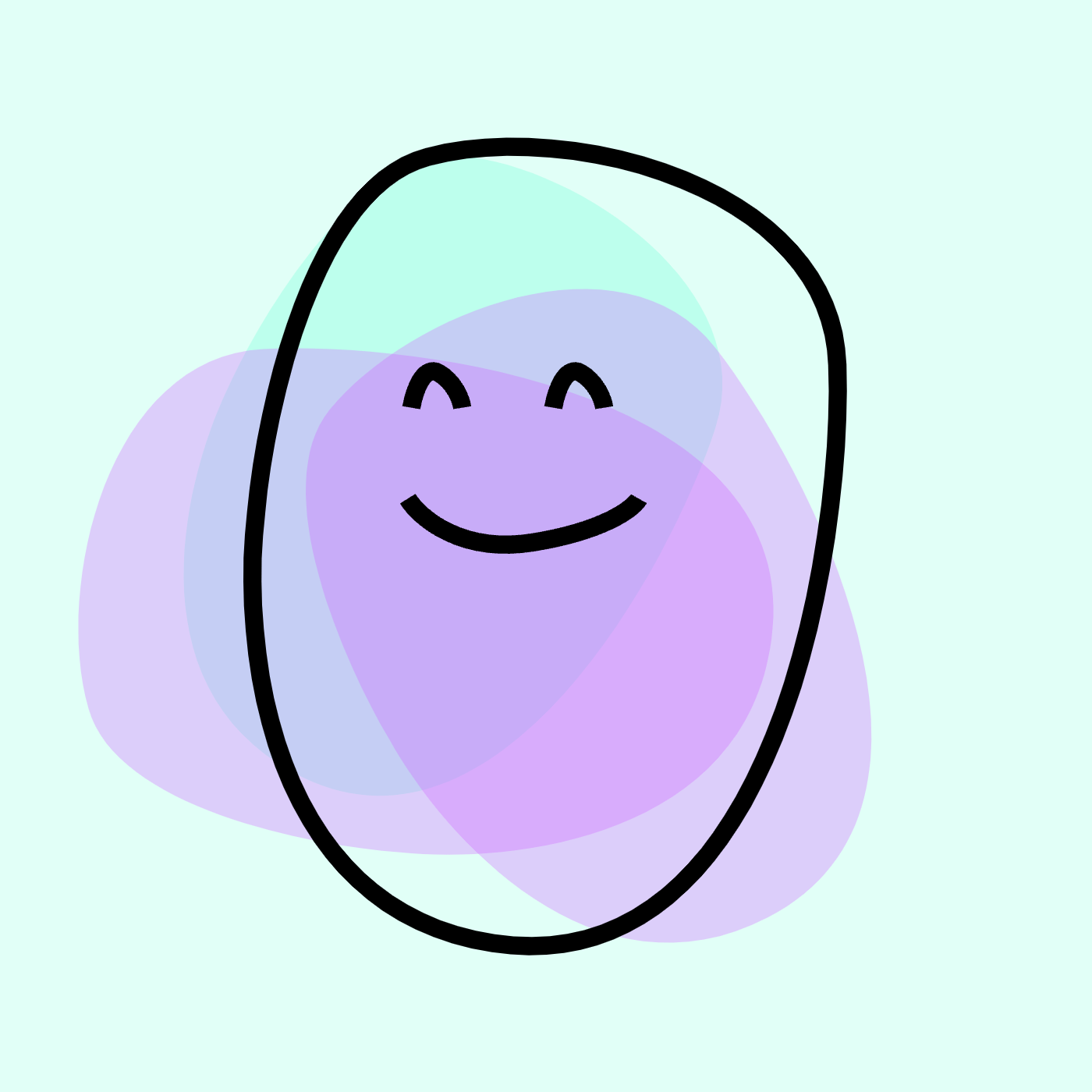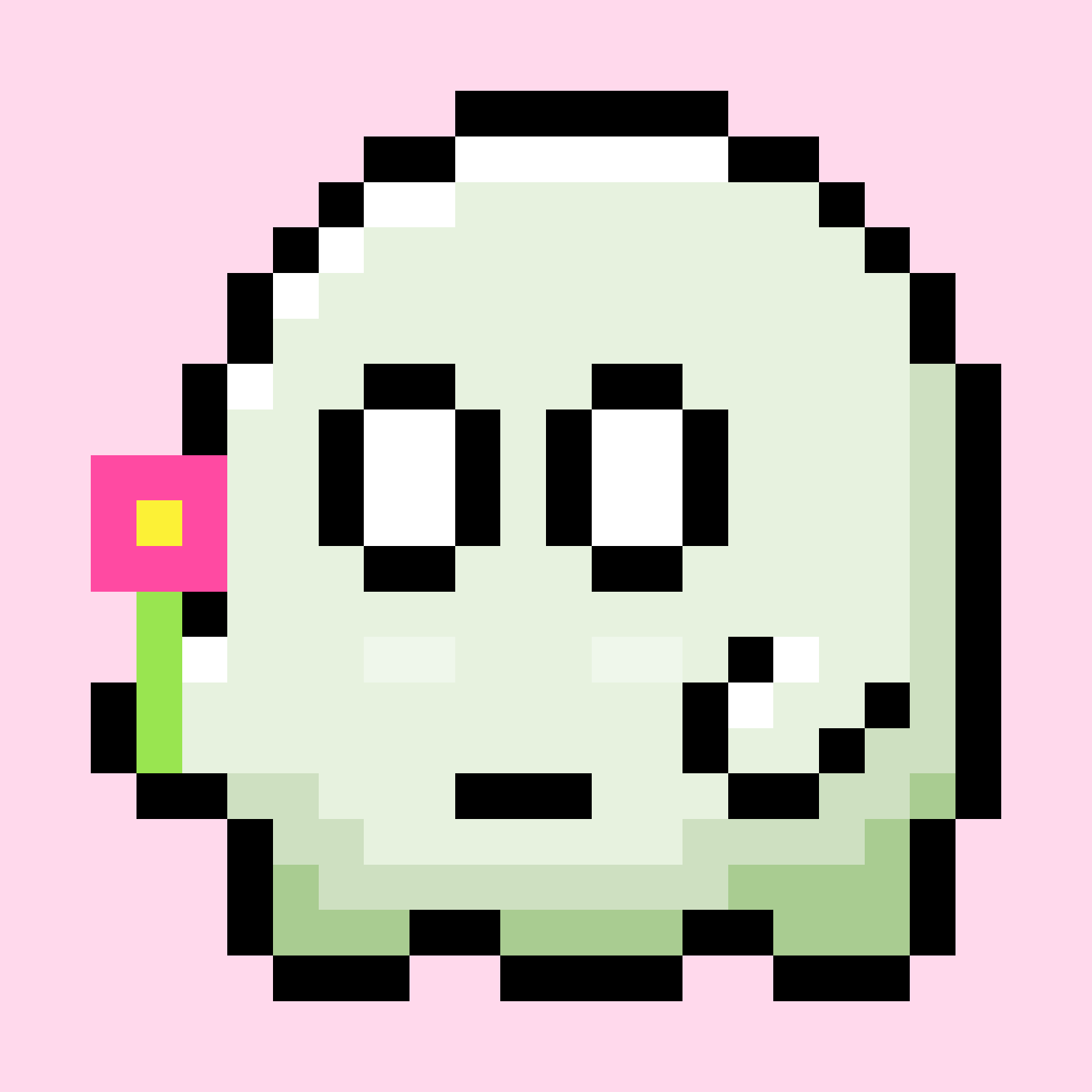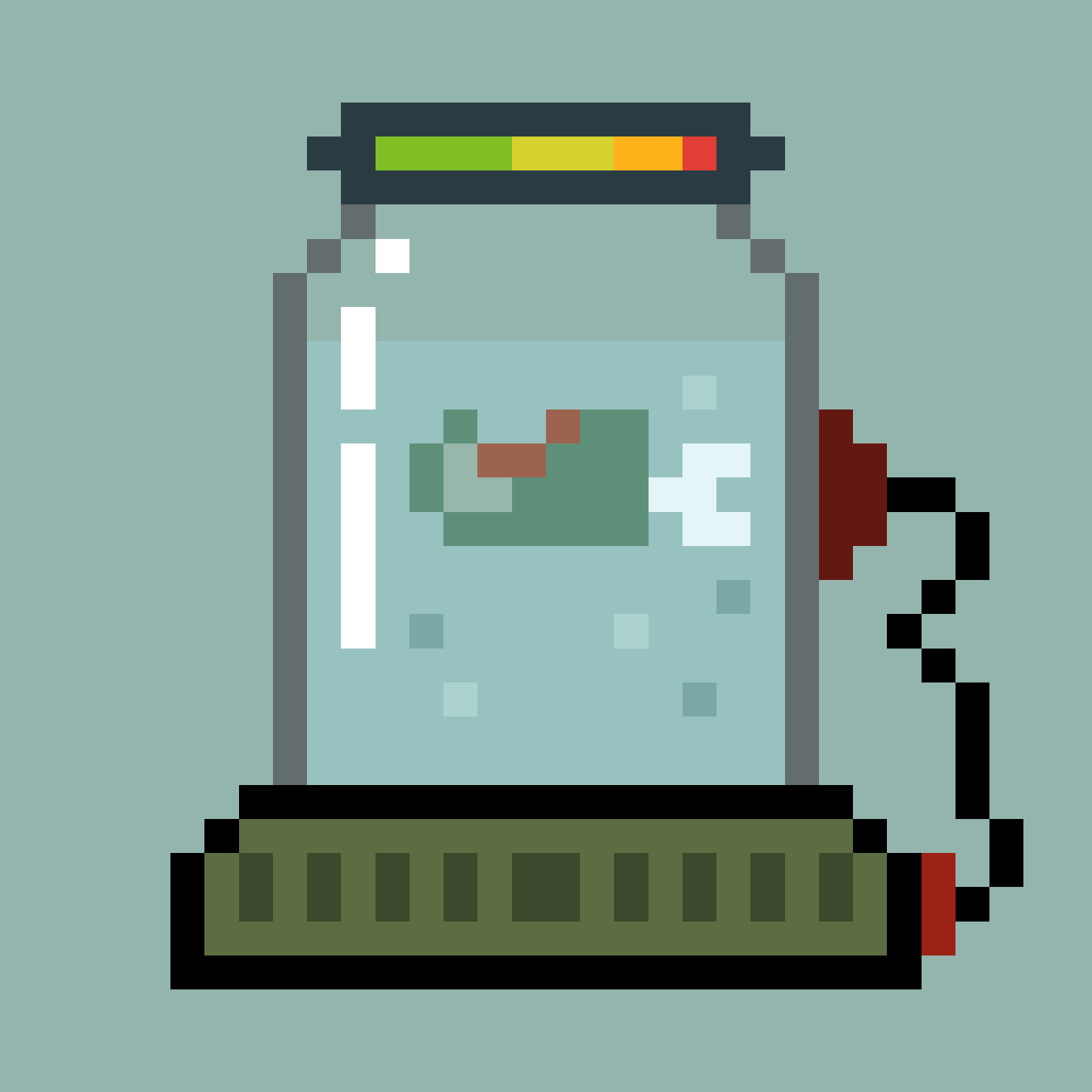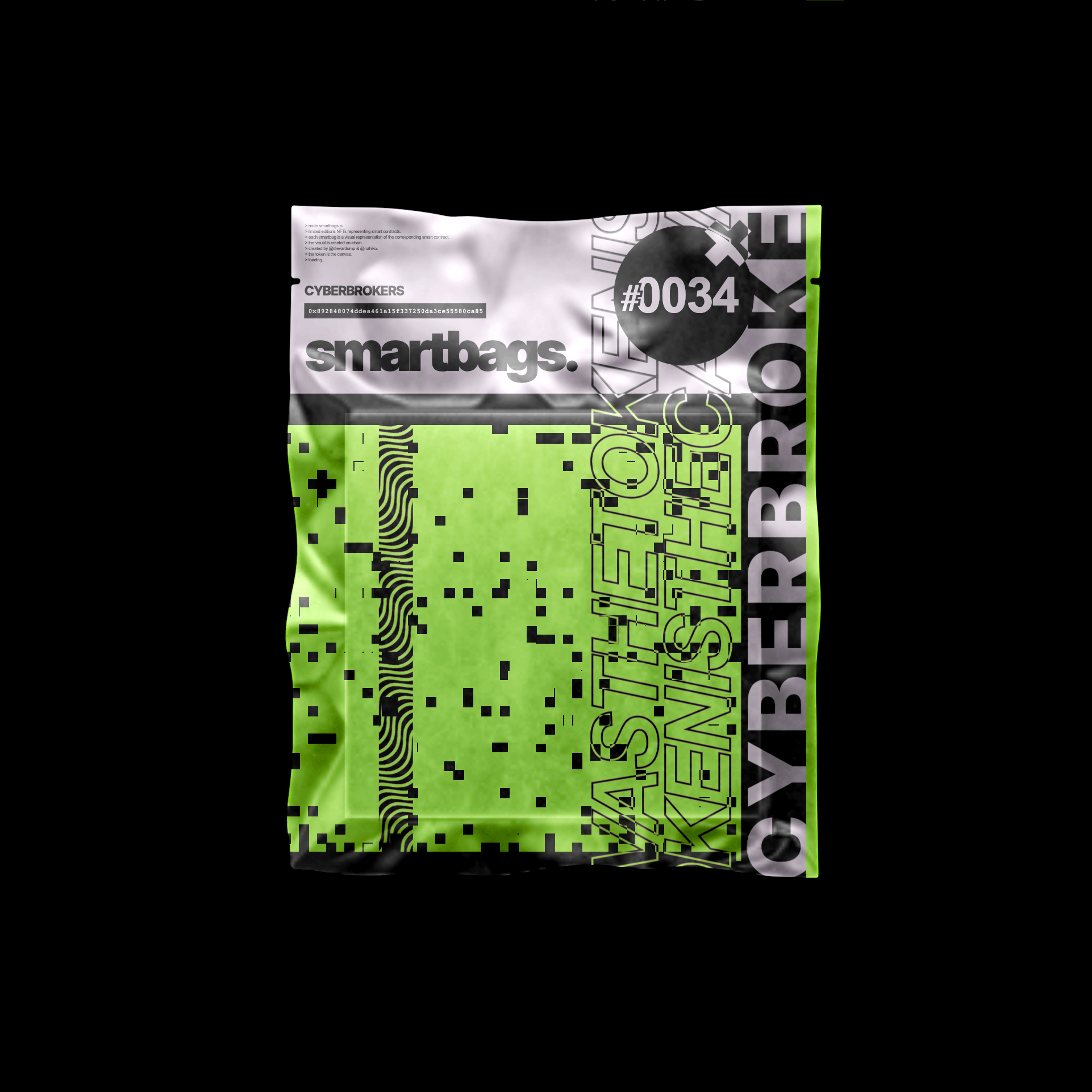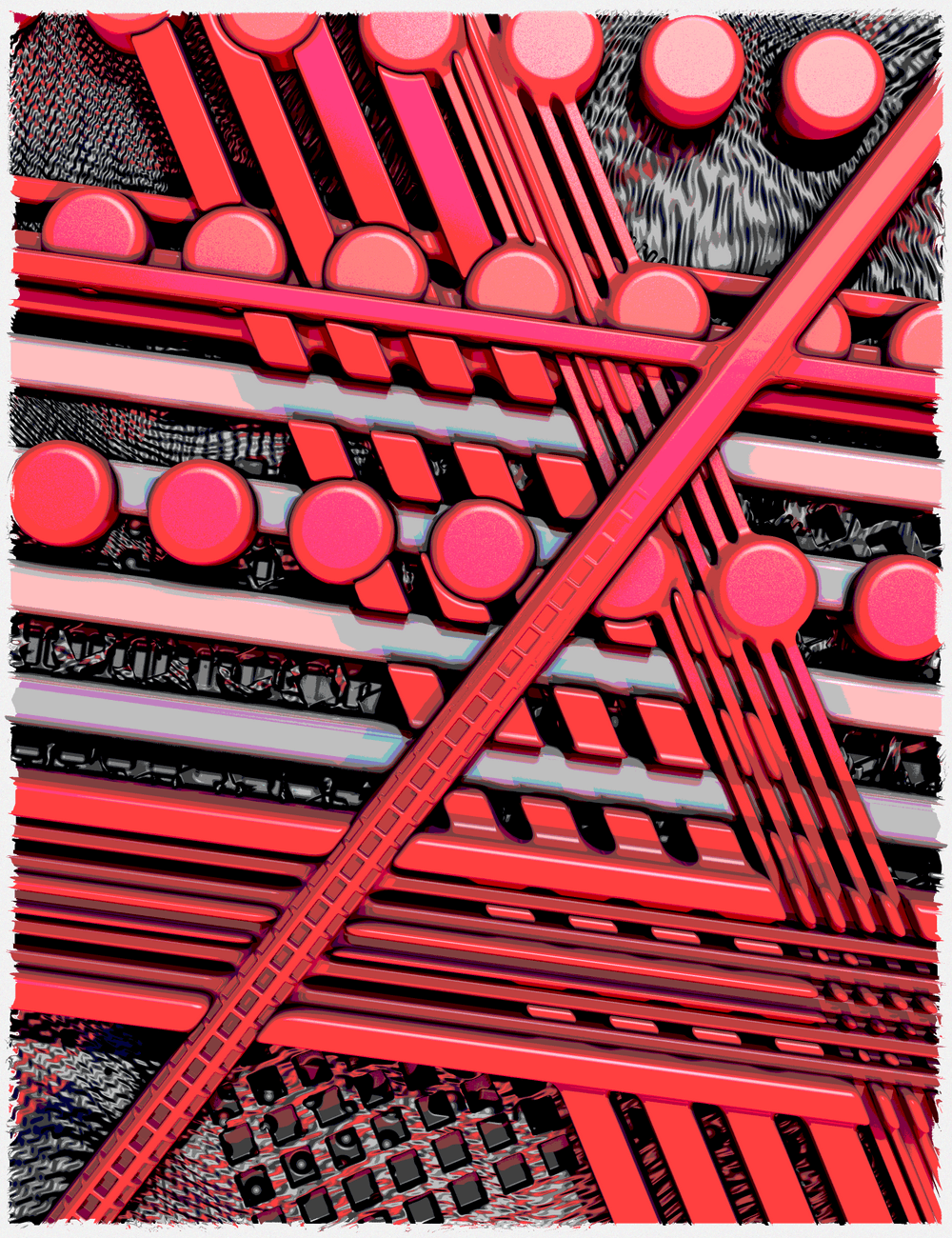What are Fully On-Chain NFTs?
What are fully on-chain NFTs and why do they matter?
Written By
GreyblokPublished On
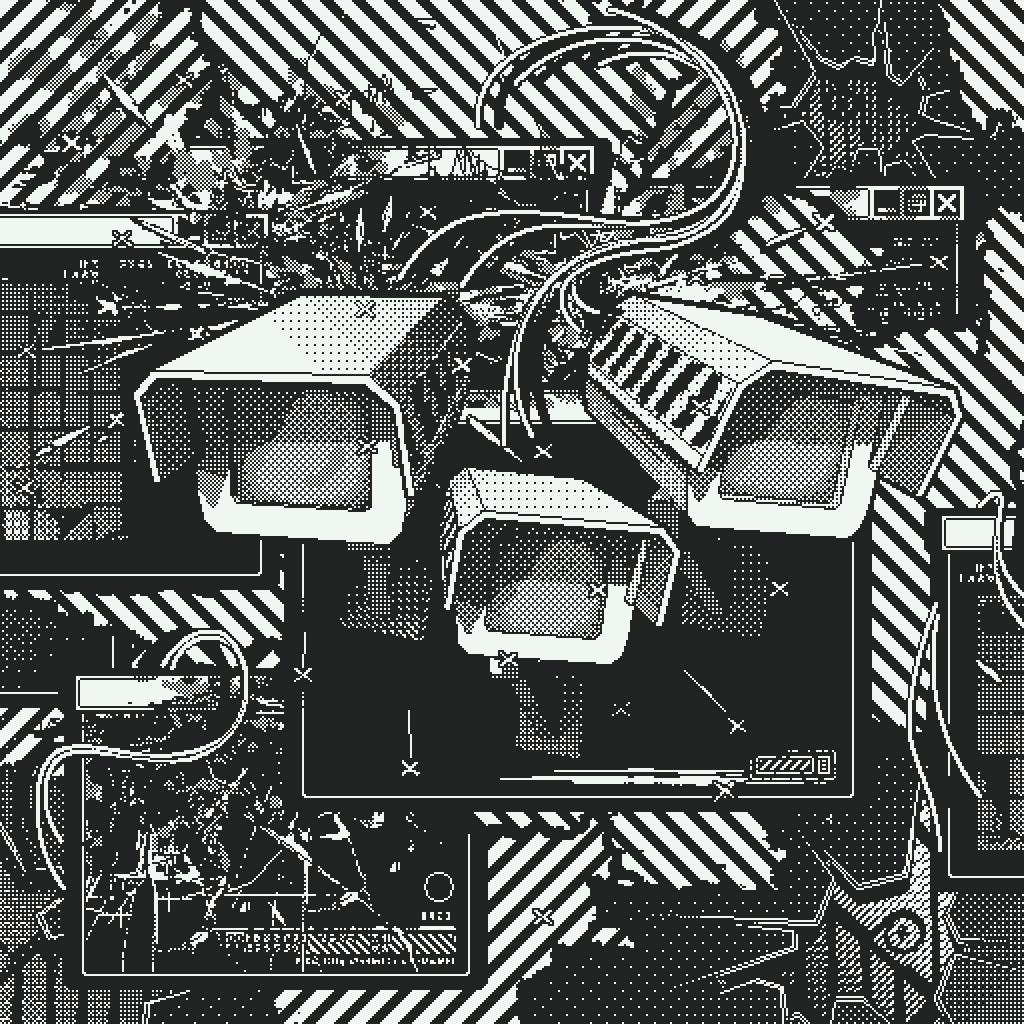
Citizen by ripcache
You may have heard the terms “on-chain”, “fully on-chain”, or even “in-chain” NFTs. Now, what exactly do those terms mean? The definition can be very nuanced but the quick answer is, NFT assets and metadata that are stored, and rendered entirely on a blockchain.
For an NFT to be fully on-chain, it is required for every component — from the mint to the delivery of the final asset to be produced entirely on the blockchain.
Fully on-chain NFTs are NFTs where their assets and metadata are stored and rendered entirely on a blockchain.
What makes Fully On-Chain NFTs important?
There are a handful of significant reasons that make fully on-chain NFTs not only important but very powerful.
Assets on-Chain
No external dependencies! Most of the common NFTs right now simply have pointers to metadata and artwork that is either hosted on IPFS, cloud servers, or worse, privately hosted servers. While ownership of these NFTs is on chain and verifiable, the artwork and metadata is not.
For example, calling the tokenURI function on Bored Ape Yacht Club’s contract returns a pointer to an off-chain resource, in this case, IPFS.

Calling the tokenURI function on an on-chain NFT will result in the full data being returned.

The next time you decide to spend a significant amount of money on an NFT remember the risk you are taking on the possibility that the assets could one day be lost.
You’re not buying the art, you’re buying a receipt of the art that’s actually kept in a stranger’s house in a tornado warning zone.
A fully on-chain NFT project like Nouns compresses and stores all vector assets into the contract and renders on-demand when calling the tokenURI function. Those assets and artwork will be available as long as the blockchain continues to produce blocks.

There are projects like Artblocks that, while do store and provide the code necessary to produce the artwork, have external dependencies to do the rendering off-chain. So “on-chain” may be a correct definition but it is not “fully” on-chain.
Conversely, Autoglyphs stores, renders and produces fully deterministic generative artwork entirely through it’s Solidity smart contract.

Immutable and Everlasting
Having assets stored on-chain means that they will continue to live on as long as the blockchain does!
There is one big caveat to this: Contracts must have a way to lock on-chain assets forever. It is one thing to have assets within the contract but if the owner is able to change and manipulate them then are they really everlasting? This is a decision that must be made for the project as maybe the creator and collectors do want the artwork to change.
Most importantly, there is no mechanism by which NFTs from fully on-chain collections can be unintentionally revoked or manipulated. In that sense, on-chain art is indelible.
Another benefit to immutable NFTs is, in the off chance a contract gets compromised and falls into the hands of malicious actors, the artwork will remain intact and safe.
The owner of the project Posers even went as far as renouncing ownership of the contract to prevent any further manipulation!
We renounced ownership after checking the collection for bugs. This is a very important point for many true holders! This is the basis of pure web3, decentralization, and independence, so we and our holders are forever in history!
— Posers
Composability
One of the more powerful and under-utilized aspects of fully on-chain NFTs is the ability to read and implement features from one token to another, not only within the same contract but across different contracts. Having metadata and artwork data available on the blockchain means that it can be read by other smart contracts.
A great example of this is Blitmaps. The project started with 100 unique original artworks that were then composed together to create 1,600 entirely new artworks. This is possible because the artwork data and attribute data is available fully on-chain.


Pair this concept of composability with CC0 licensing and you can have fully interoperable assets and intellectual property. This is a true display of the power of on-chain NFTs and web3!
Are there drawbacks to fully on-chain NFTs?
The decision to make a project fully on-chain should be strongly evaluated beforehand as there are hurdles and limitations involved.
Firstly, it can be very expensive to store art on-chain. Storing large amounts of asset data into a blockchain like Ethereum is highly gas intense. Keeping the amount of detail to a minimum helps reduce the cost to store.
Rich media formats like jpegs, videos, gifs, and audio are simply too much data and extremely expensive to store onto most blockchains. For example, storing a 2MB image file would cost hundreds of thousands of dollars. For this reason, bytes are precious. There is an art form to keeping data sizes small while producing beautiful artwork.
The rendering of artwork can also be a resource-intensive action which is why we see some projects opt to store assets on-chain but serve artwork off-chain. Cyberbrokers has taken this approach by providing off-chain jpegs while still allowing for on-chain SVG requests. Projects like Strange Attractors and Shackled Genesis render on request rather than serving the final artwork meaning the resource-heavy operation is on request. With this approach, the only negative of expensive on-chain rendering is that you need access to a node that is willing to run larger read-only calls to view the artwork.
The other big challenge is that the amount of computations a creator can run in a rendering job is limited, which is why so much on-chain art is either vector graphics or low-resolution pixel art. But, this is also where lots of the innovation comes in, because developers need to find smart ways to optimize their code and produce complex art from a system that was designed to process financial transactions!
Summary
As time passes it’s becoming more and more clear of the importance of fully on-chain NFTs. While there are hurdles to achieving fully on-chain NFTs, the immutability nature inspires confidence in true ownership and composability unlocks new ways of interacting with assets.


